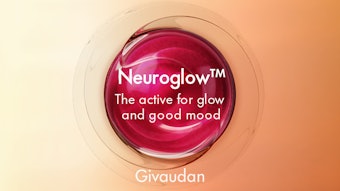On Aug. 27, 2007, the US Food and Drug Administration (FDA) published its long-awaited proposal to amend regulations governing sunscreens sold in the United States.1 In it, the FDA proposed new standards for formulating, testing and labeling OTC sunscreen drug products with UVA and UVB protection. For the first time, the FDA addressed the issue of sunscreen photostability and its importance to sunscreen performance:
“The FDA agrees that it is important to address the photostability for sunscreen drug product formulations. Unstable product formulations present the problem of degradation of product effectiveness during actual use,” the agency stated, adding, “The FDA is proposing to address photostability by adding a pre-irradiation step to the in vitro test method for measuring UVA protection. …
” With this pronouncement, the FDA put sunscreen marketers and formulators on notice that photostability is the foundation upon which future sunscreen products must be built.
So what is photostability and how does one lay a photostable foundation? What causes a sunscreen to lose photostability, and what, if anything, can a formulator do about it? Finding the answers to those questions has been the focus of research at HallStar for more than 10 years. The answers begin with some general background on the photophysics and photochemistry of UV filters.
To view the sidebar from pg 55 on the fluorescence method, click here. (PDF)










